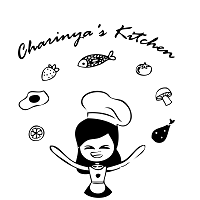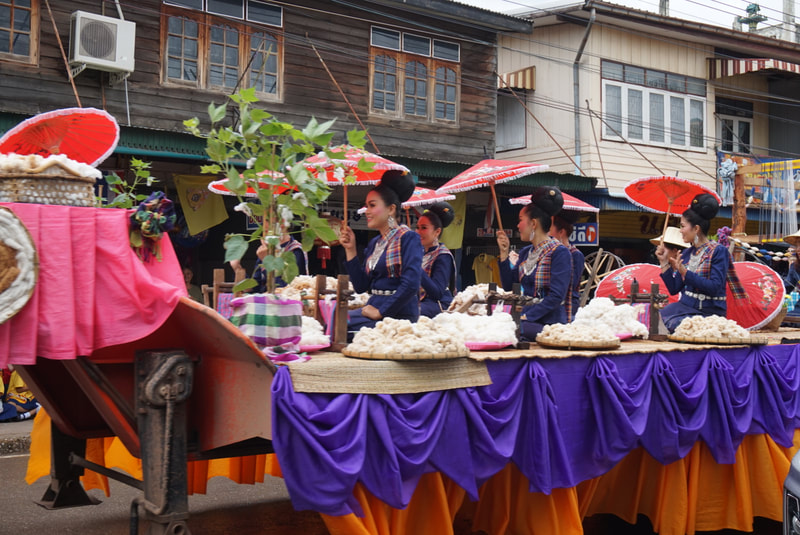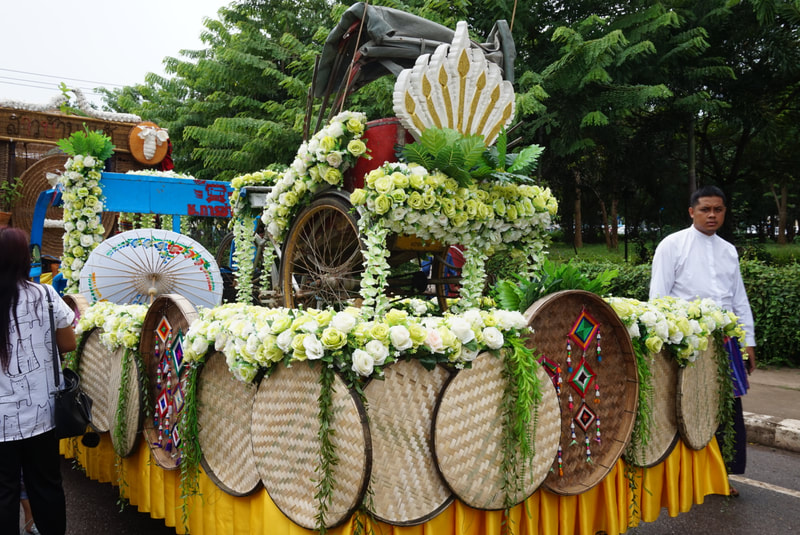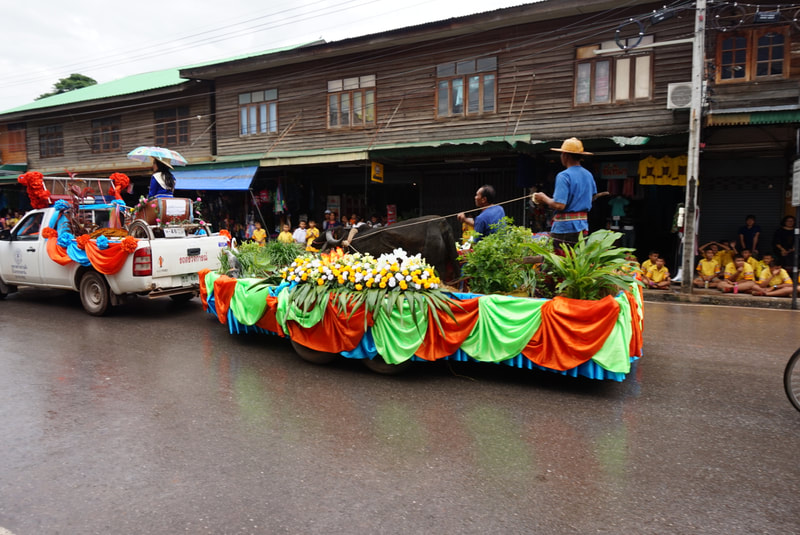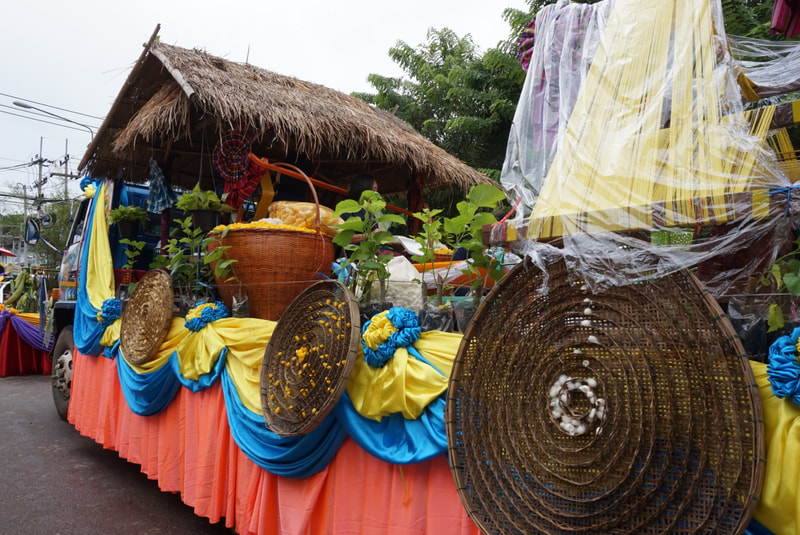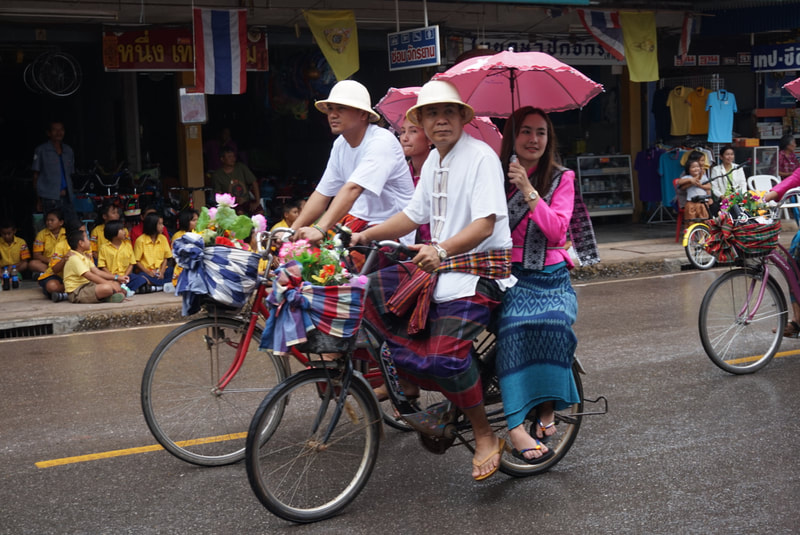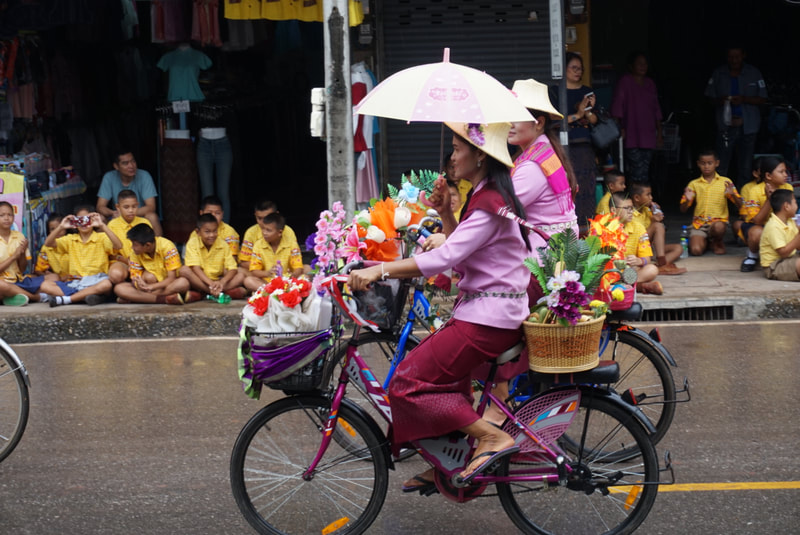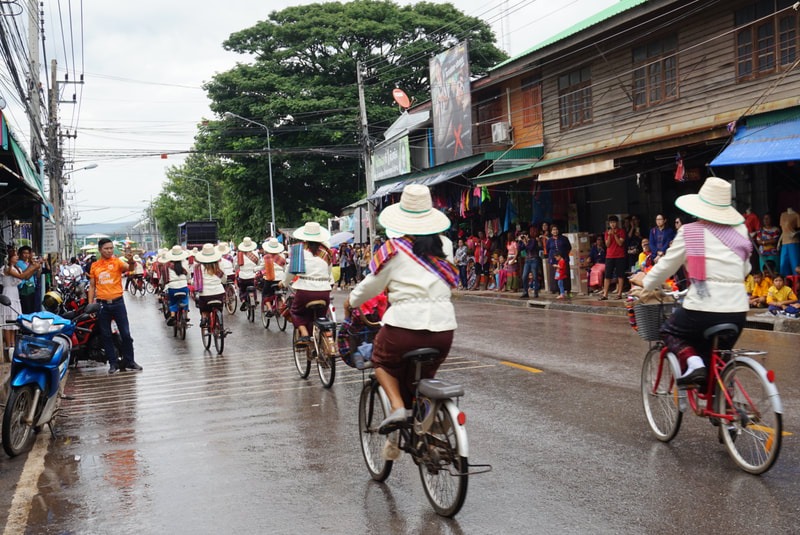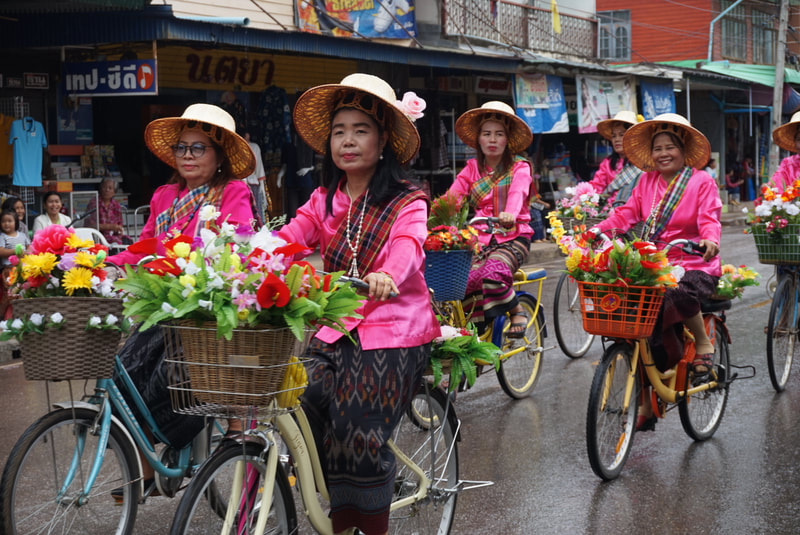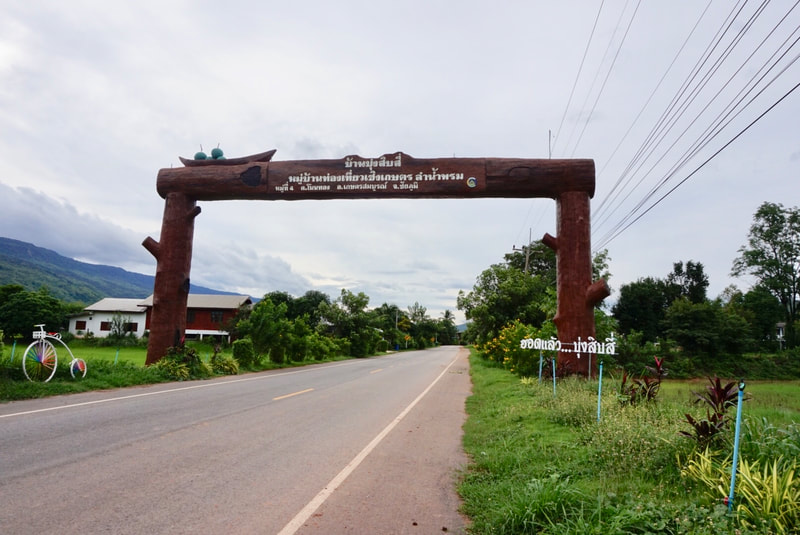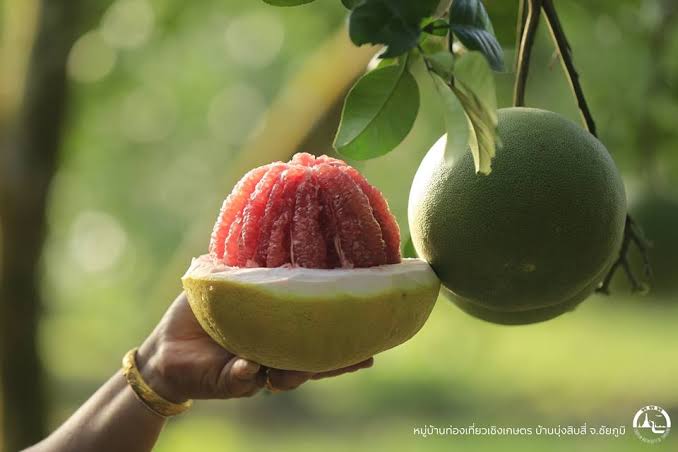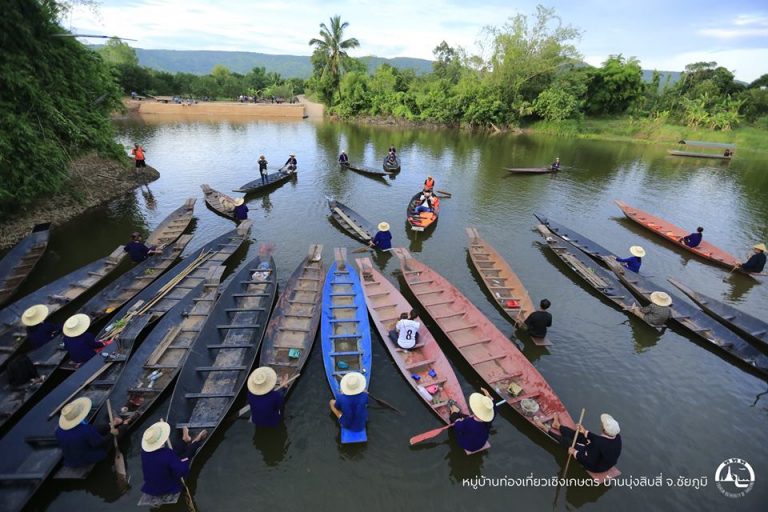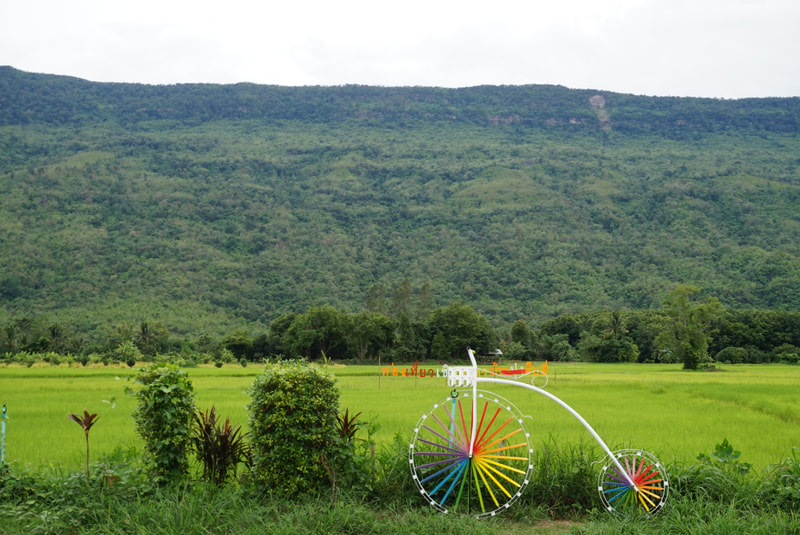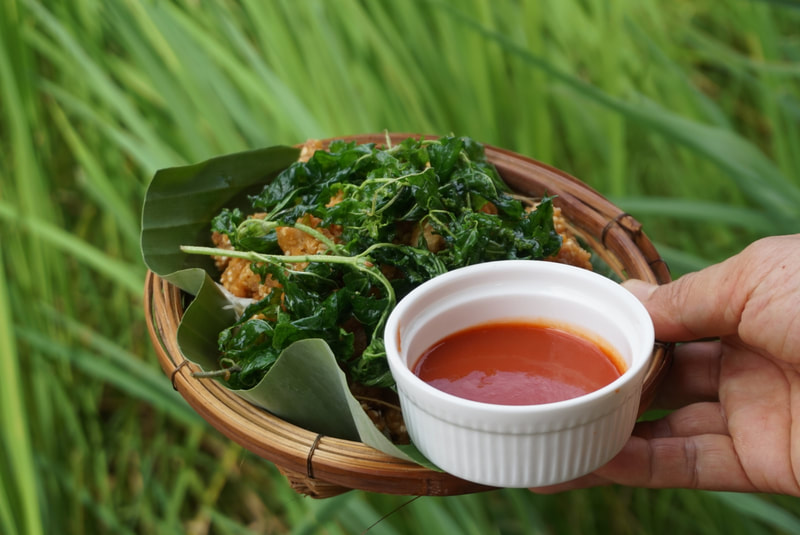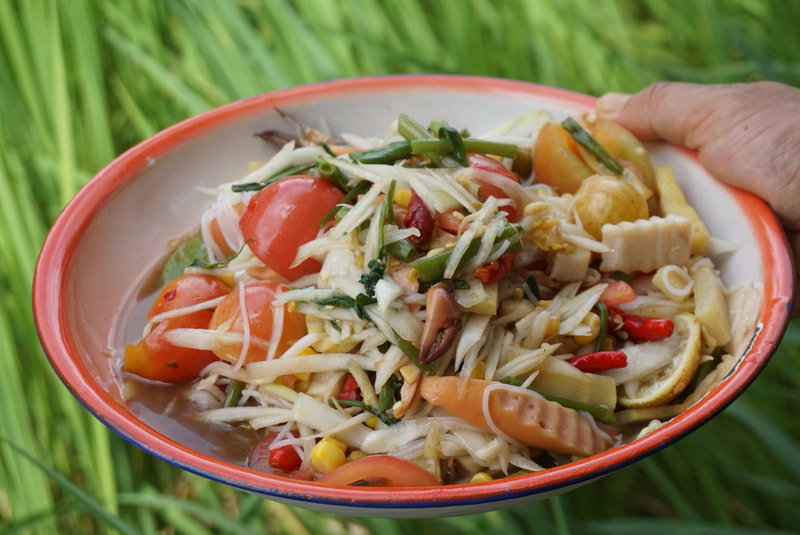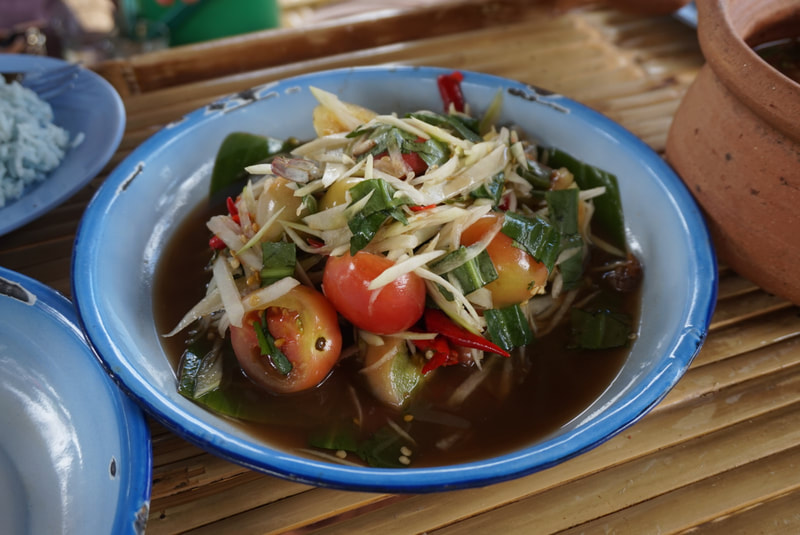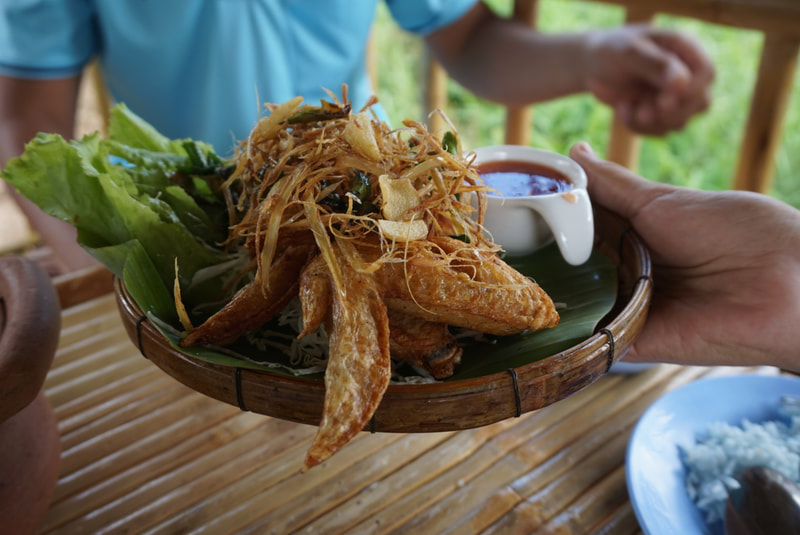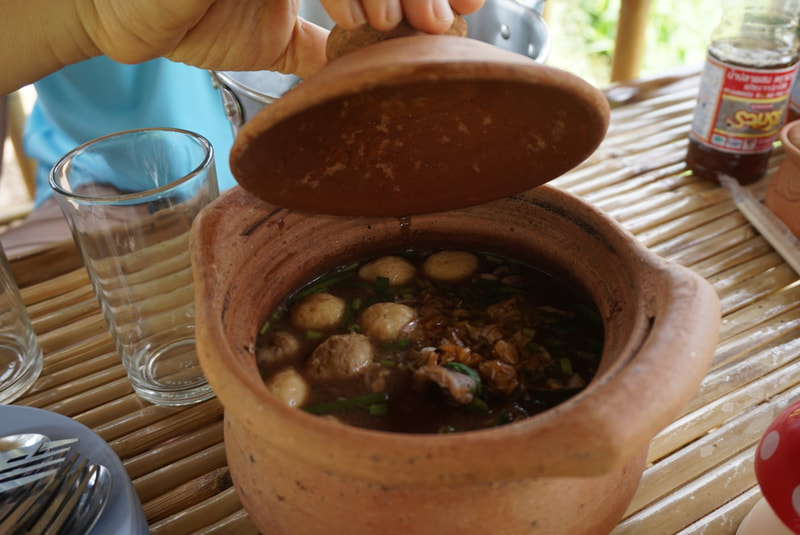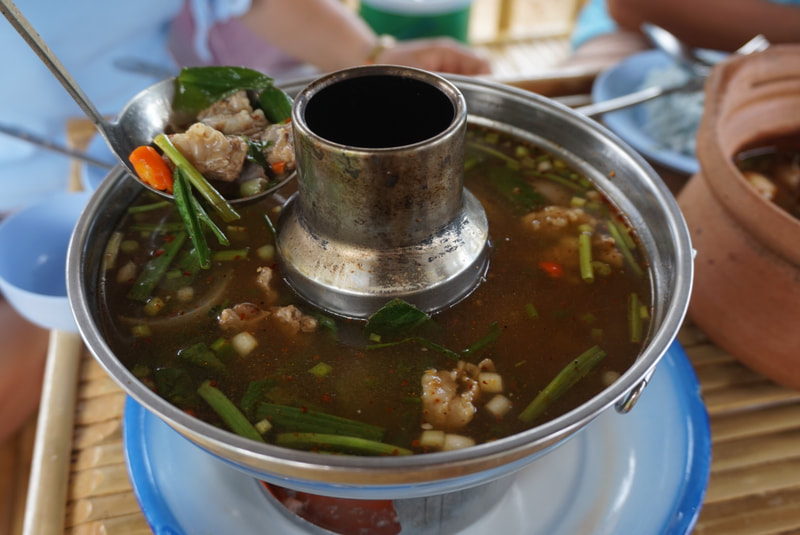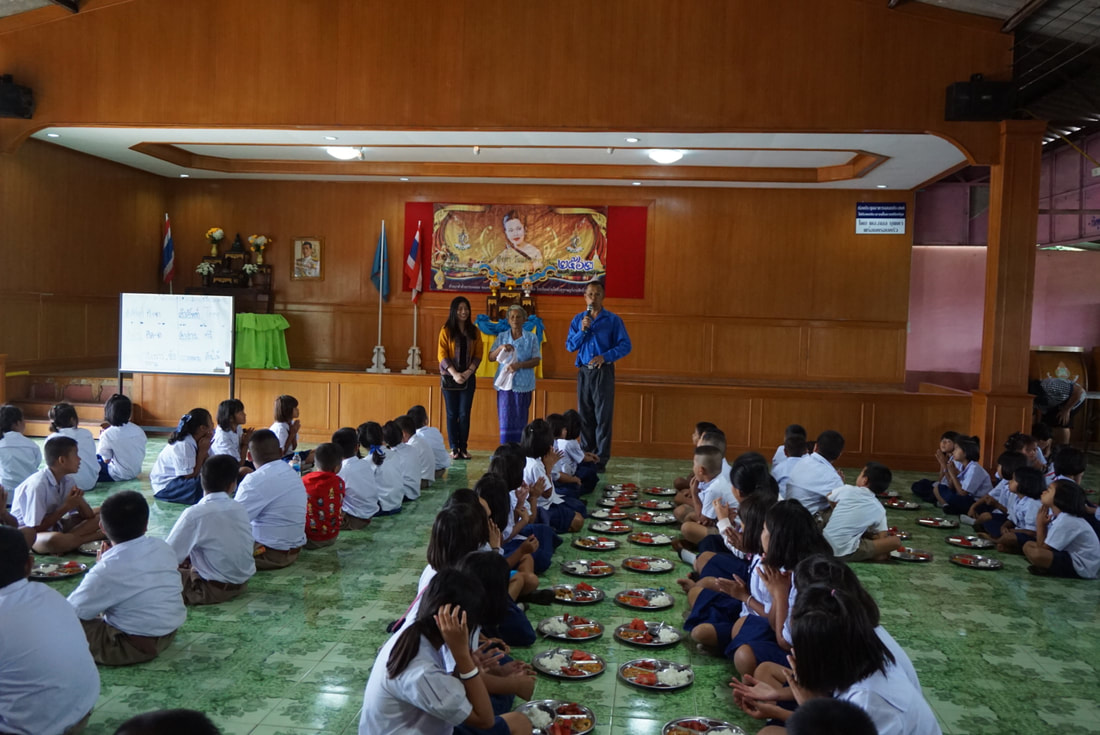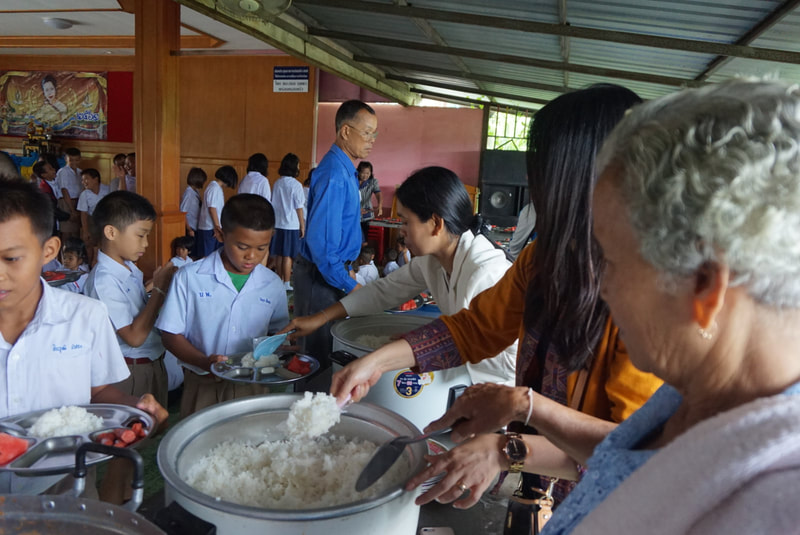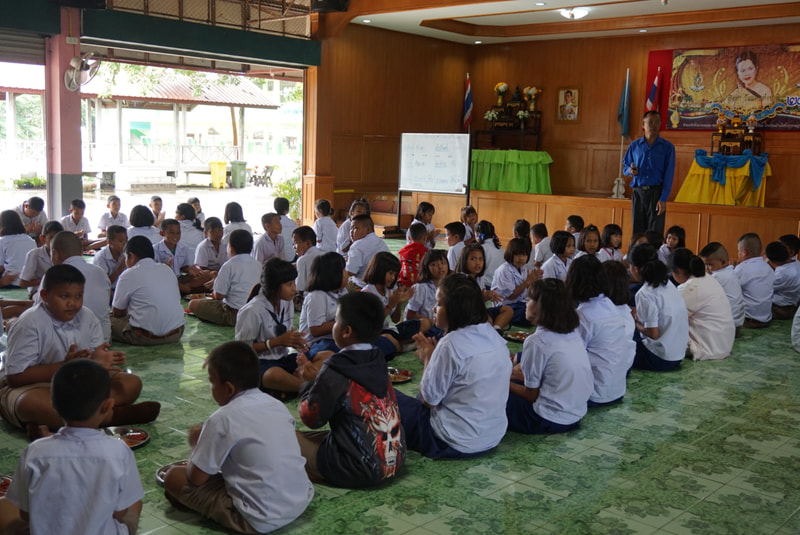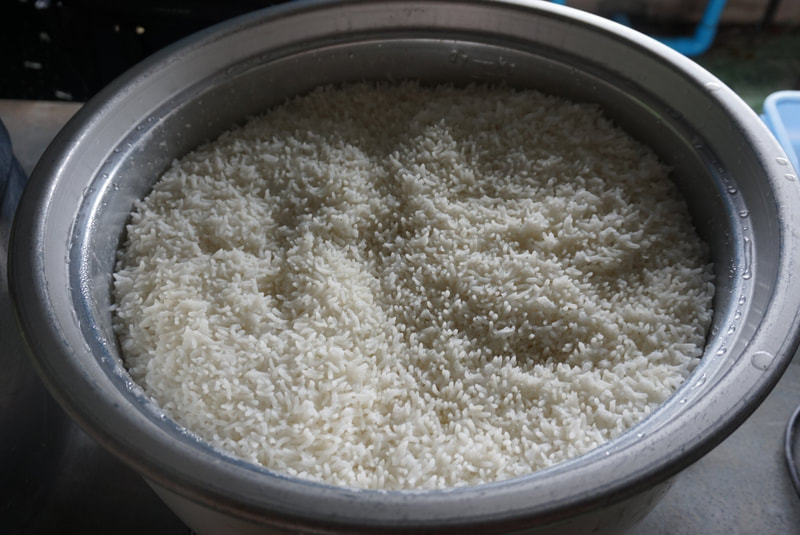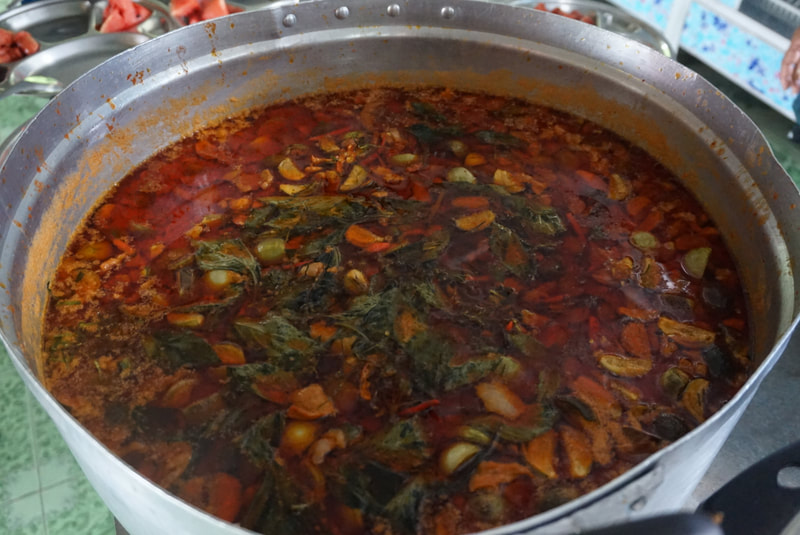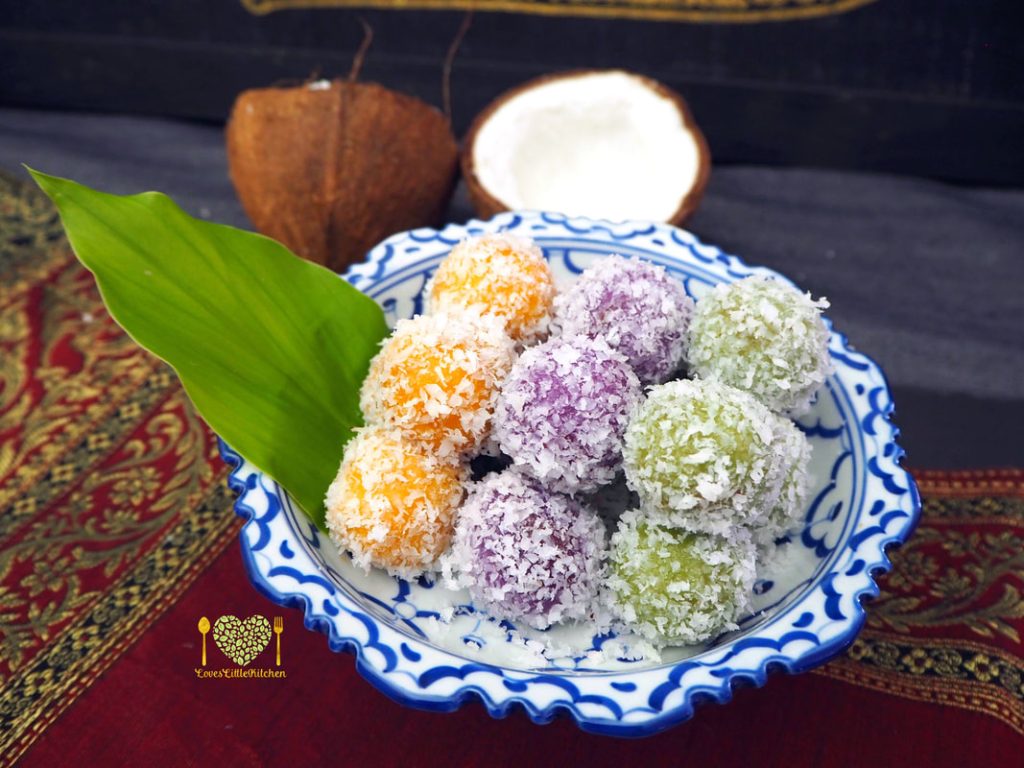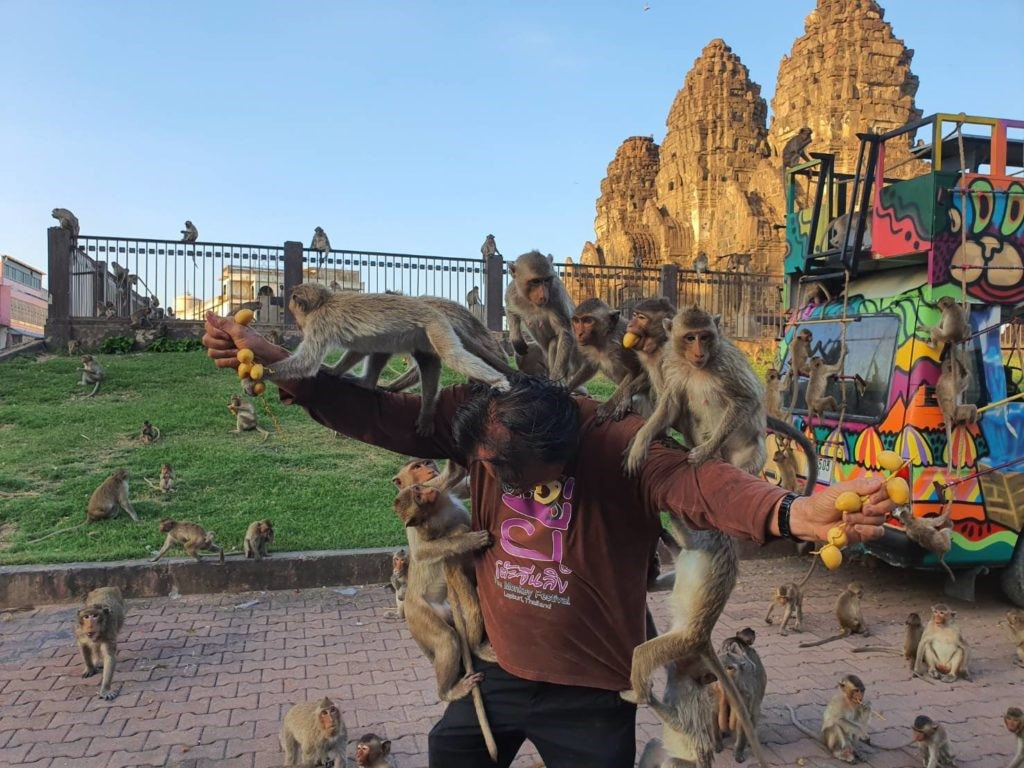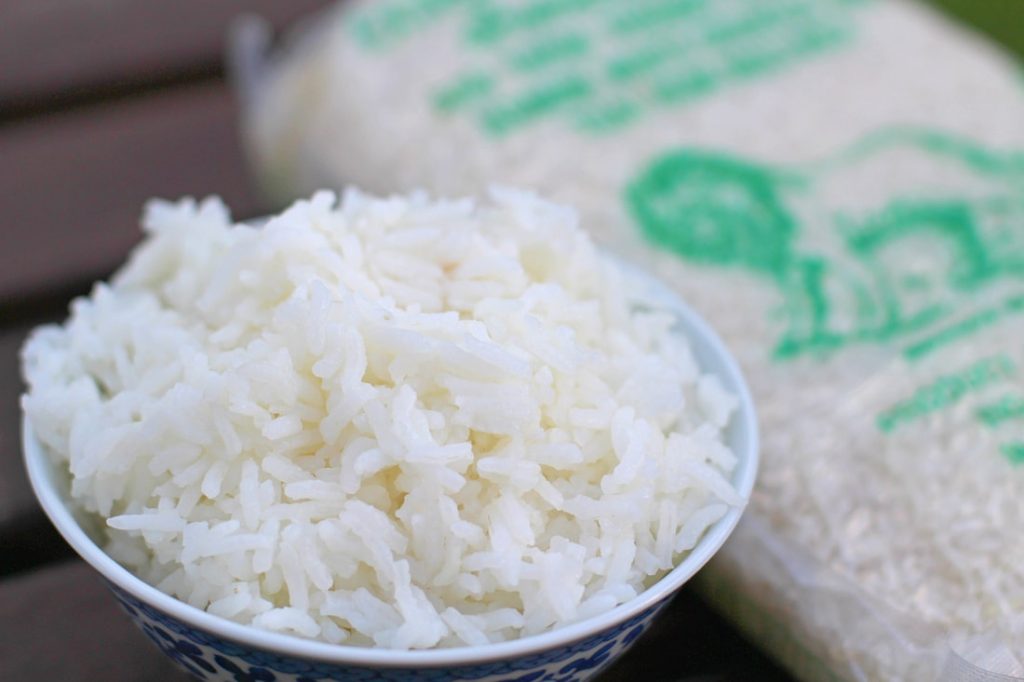The word “Chaiya” originates from the Sanskrit word “jaya” meaning ‘victory’, and the word “phum” from the Sanskrit “bhumi” meaning “earth” or “land”.
The name of the province therefore literally means “land of victory” – Charinya Ruecha of @charinyaskitchen
Recently I went home to visit my family in Thailand. It’s always an astonishing moment for me to visit my motherland, particularly this time as I spent many days at my hometown of Kaset Sombun, Chaiyaphum. Please let me share some of this special trip with you.
Chaiyaphum is a small province in Thailand’s Isaan region (the north-east of Thailand). The neighbouring provinces are
Khon Kaen, Nakhon Ratchasima, Lopburi, and Phetchabun.
The word “Chaiya” originates from the Sanskrit word “jaya” meaning ‘victory’, and the word “phum” from the Sanskrit “bhumi” meaning “earth” or “land”.
The name of the province therefore literally means “land of victory”. The Malay/Indonesian/Sanskrit word “jayabumi” is the equivalent.
The name of the province therefore literally means “land of victory”. The Malay/Indonesian/Sanskrit word “jayabumi” is the equivalent.
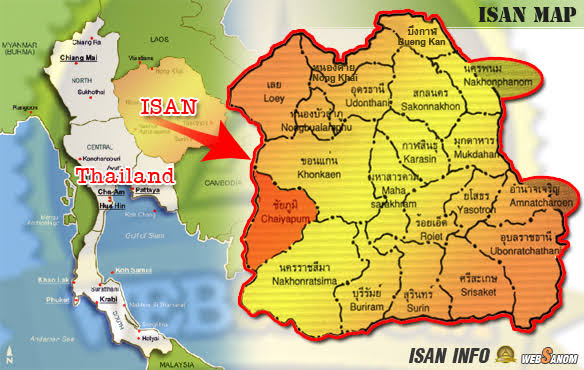
The province is divided into 16 districts (amphoes). My district is Kaset Sombun, which means “abundance of agriculture”. Kaset Sombun is around 432 kms from Bangkok and around 84 km from Chaiyapum city.
The majority of people in Kaset Sombun are farmers, including my family. When I was there the rice was enjoying the rainfall, as it was the green season all we could see were the beautiful green rice paddies everywhere.
There are so many things to do, to see and to eat there, so I will mention just a few things. I was there in September so I could experience the annual celebration on 5 September. This event is a district tradition featuring in the classic Thai song “Rum wong sour bann tae” The song talks about a village lady on a bicycle who said good bye to her boyfriend and wished to see him again. Such a beautiful song!
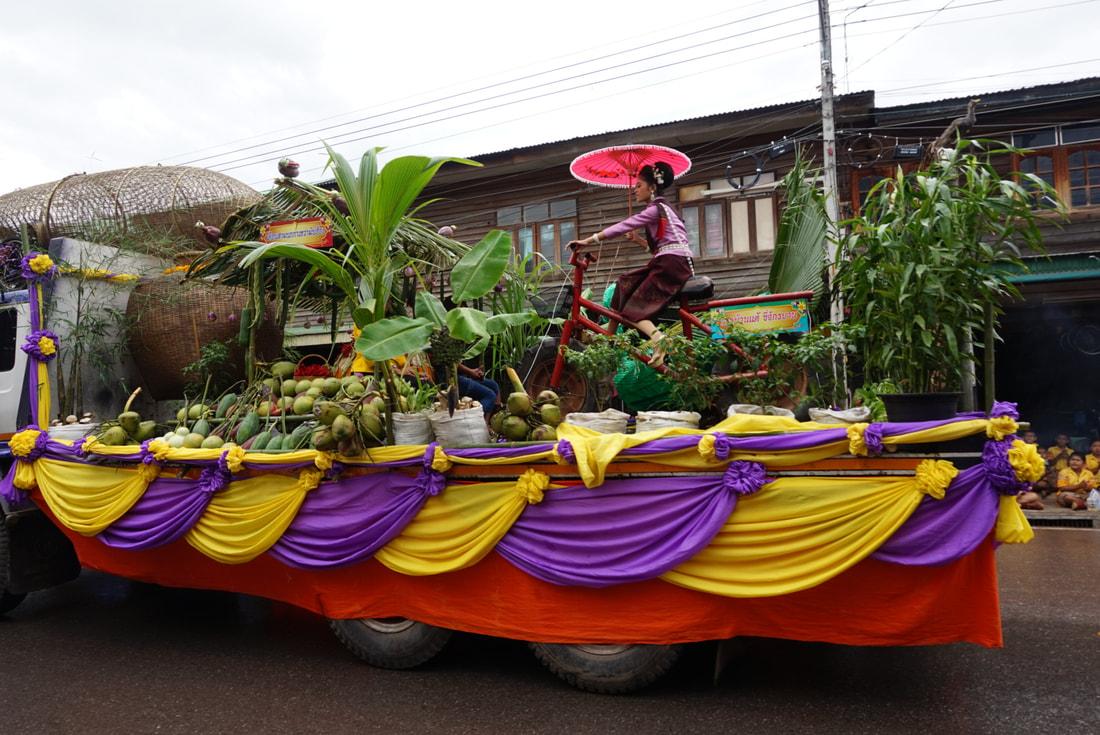
The festival also features many shops selling their products from their villages, and delicious foods and agricultural produce from their farms. The highlight was the parade on the Main Street. There were cars from each sub-district beautifully decorated for the competition, and ladies on bicycles. The photos below give you the idea.
Next I want to introduce you to a popular travelling trend in Thailand now, which is agritourism. My cousins and I went to “Bann bung sib si village”. The village is surrounded by the river and the mountains, and is famous for its delicious pomelo (a citrus fruit similar to grapefruit). This village welcomes tourists who want to spend their trip learning about agriculture or just relaxing among the peaceful nature. Here you can also do a home stay which is available at a really low cost. I will drop more information for those interested at the end of the post.
|
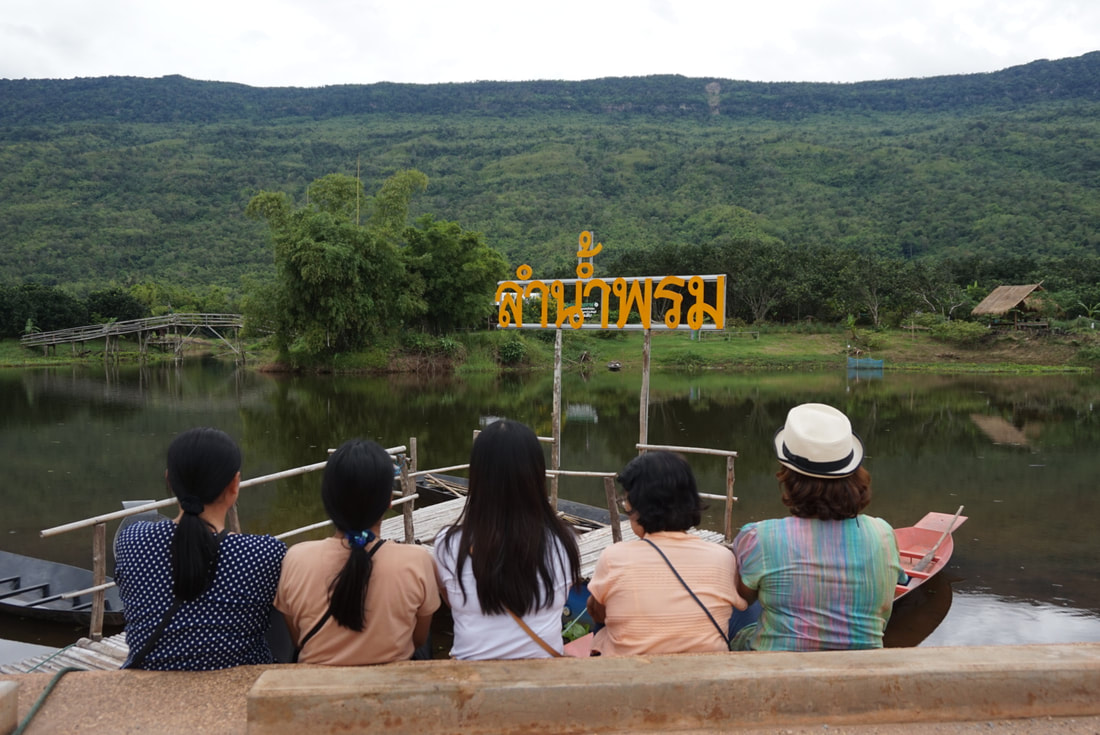 |
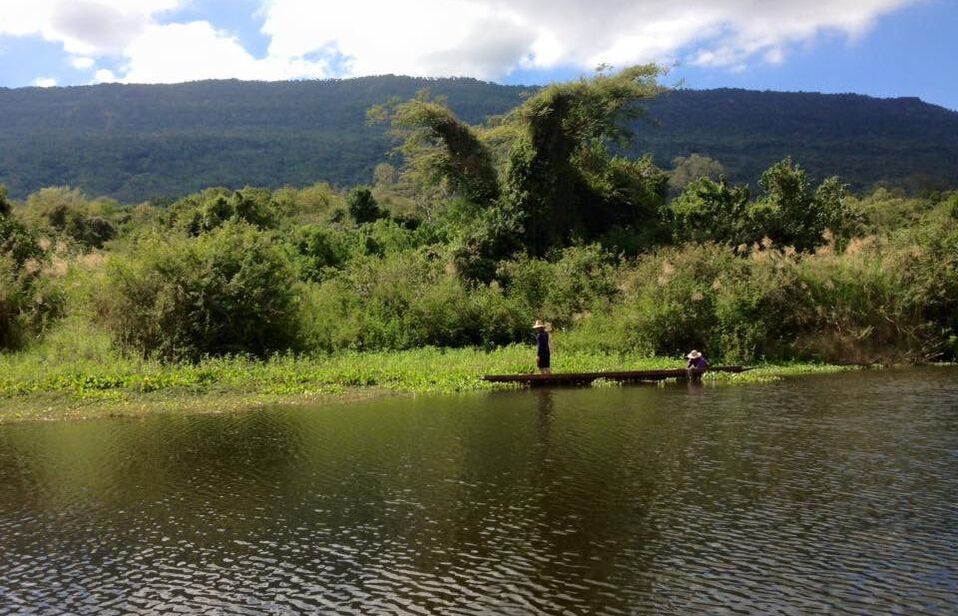 |
As a foodie I can’t finish the blog without talking about food. Let’s check out the restaurant in Kaset Sombun named “Bann nok café”, which is the story I want to share with you. The restaurant is set in the middle of green rice paddies and has small, private huts for their guests to enjoy their dining. The food is also amazing. We ordered papaya salad, papaya salad with raw prawns, fried crispy chicken, beef soup in clay pot, and more. All the food came out quickly and was beautifully presented. The price are reasonable as there were about 12 of us and cost about 1,200 Thai baht (AUD 58)
|
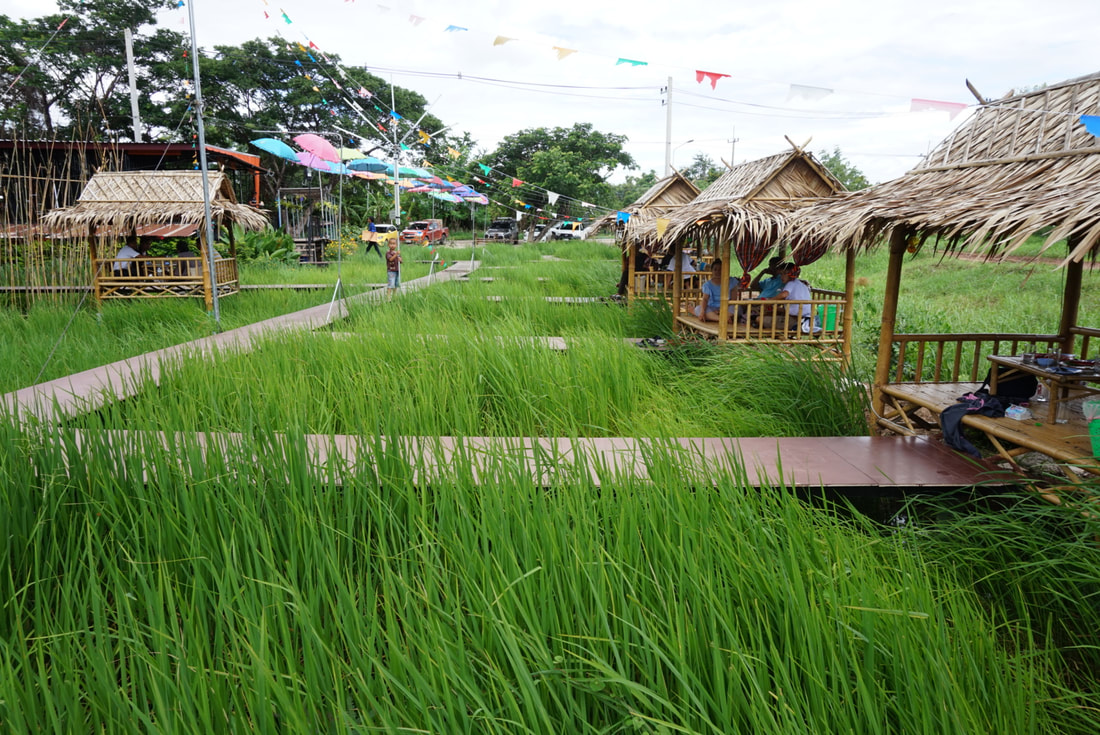 |
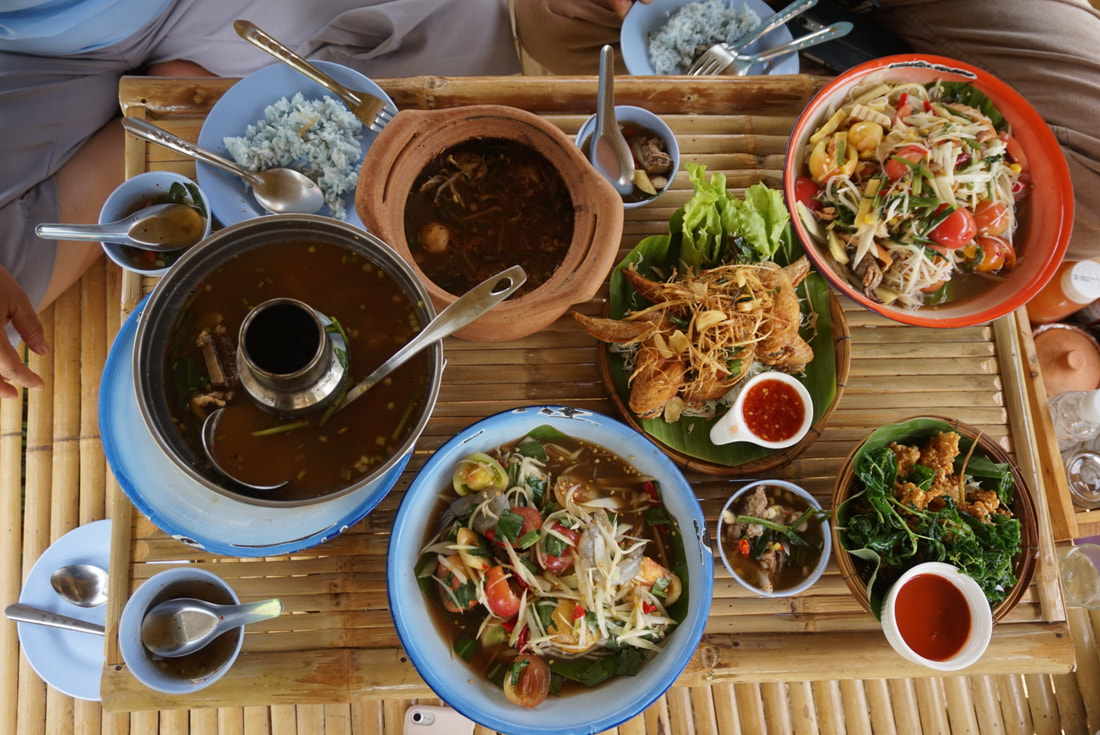 |
I would like to end this post with some photos from Bann Pho School. I went there and sponsored lunch for 125 kids. Happiness is real when sharing, right? See you next time.
Bann bung sib si’s village headman: Contact: Mr Nuntawit Duang ma-nee : Phone (+66)99 7883 2597
Bann nok café, Kaset sombun : https://www.facebook.com/bnannokcafe1/
Tourism Authority of Thailand: Phone (+66)2 250 5500
Bann nok café, Kaset sombun : https://www.facebook.com/bnannokcafe1/
Tourism Authority of Thailand: Phone (+66)2 250 5500
Check out Charinya’s awesome work here
